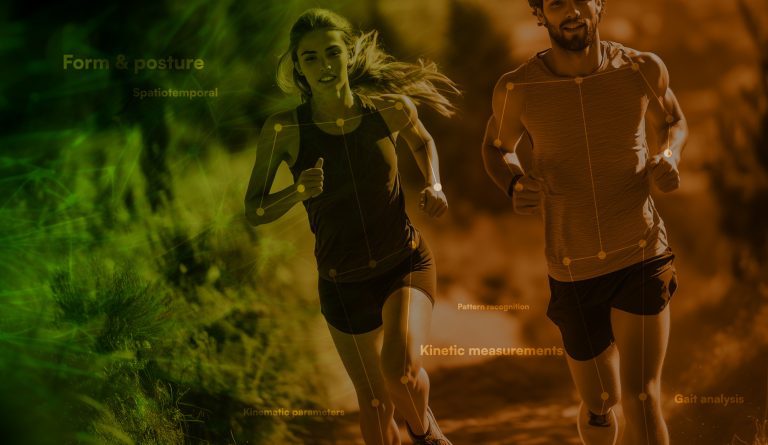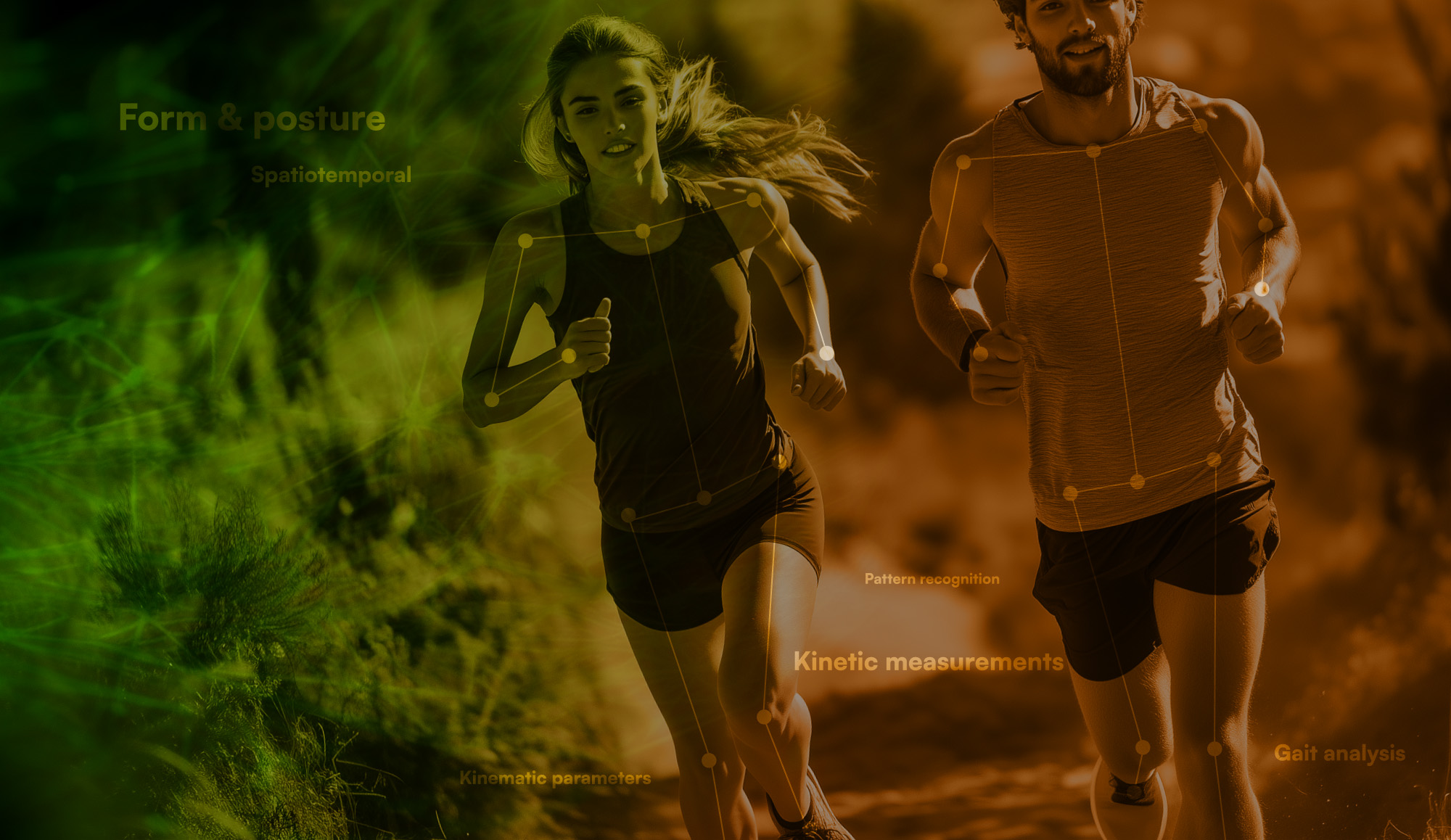While computer vision offers groundbreaking precision and the ability to capture vast amounts of data, its application in human movement analysis must balance technological benefits with practical and ethical considerations.
Argument for using Computer Vision
1. Precision and Objectivity
Computer vision provides objective, quantifiable data that is not subject to human bias or error. This is crucial for assessing human movement, where traditional methods often rely on subjective visual observations by coaches or practitioners. Pose estimation algorithms can measure angles, velocity, and joint trajectories with millimetre precision, offering a level of detail that is nearly impossible to achieve through manual observation alone.
2. Large-Scale Data Collection
Computer vision enables the collection of massive amounts of data during movement. This allows for more comprehensive analysis, helping to identify subtle movement inefficiencies or patterns that may not be noticeable in smaller data sets. For example, in sports, this could mean optimising an athlete’s form to prevent injury or improve performance. In rehabilitation, it ensures better tracking of patient recovery.
3. Real-Time Feedback
One of the significant benefits is the ability to provide real-time feedback to users. In fields like physiotherapy or athletic training, immediate adjustments based on accurate data can drastically improve outcomes by allowing users to correct their movements during the session, not after the fact.
4. Scalability and Automation
With computer vision, movement analysis can be automated and scaled to serve large populations efficiently. This reduces the burden on human experts and allows for continuous monitoring and analysis without manual effort, making it possible to support larger groups of athletes or patients simultaneously.
Argument against using Computer Vision
1. Limitations in Complex Movements
While computer vision excels in analysing simpler, repetitive motions, it can struggle with complex, multi-dimensional human movements, especially in dynamic environments or with occlusions (where body parts are hidden). Misidentifying joints or incorrectly estimating body posture can lead to inaccurate data, which may misguide coaches or therapists when making decisions.
2. Overreliance on Technology
Human movement is influenced by numerous factors that cannot always be captured by computer vision alone, such as the psychological state of the individual, muscle fatigue, or even environmental conditions. Over-reliance on technology may cause practitioners to overlook the more holistic, subjective insights that experienced professionals bring to movement analysis.
3. High Cost and Technical Barriers
Implementing computer vision systems, especially in high-resolution or real-time applications, can be costly. High-end cameras, sensors, and computational power are required to achieve reliable results, which may limit accessibility for smaller organisations, practitioners, or developing countries. There may also be technical hurdles in setting up and maintaining these systems, requiring expertise that not all health or sports organisations may have.
4. Privacy and Data Security Concerns
The widespread use of cameras for movement tracking raises concerns about privacy, especially in healthcare settings. Capturing and storing videos of people’s movements could pose risks related to unauthorised access or misuse of sensitive data, which would need strict regulations and secure systems to manage appropriately.
Conclusion
Computer vision offers a transformative approach to measuring and analysing human movement, providing precision, scalability, and real-time feedback that can enhance performance and rehabilitation outcomes. Its ability to capture objective, detailed data addresses many limitations of traditional, subjective observation. However, challenges remain in its application, particularly when dealing with complex movements, the high cost of implementation, and concerns over privacy and data security. Additionally, overreliance on technology could risk neglecting the holistic insights that experienced professionals provide. Therefore, while computer vision has the potential to revolutionise human movement analysis, its successful integration must balance technological capabilities with ethical, financial, and practical considerations.





